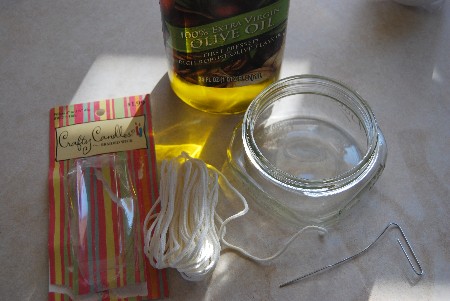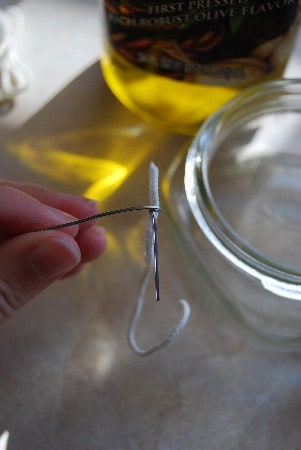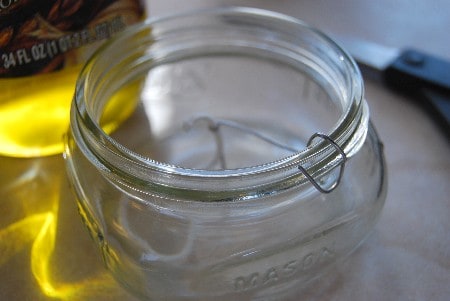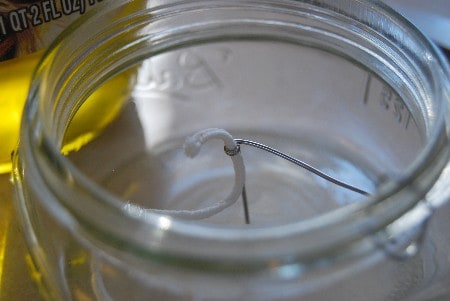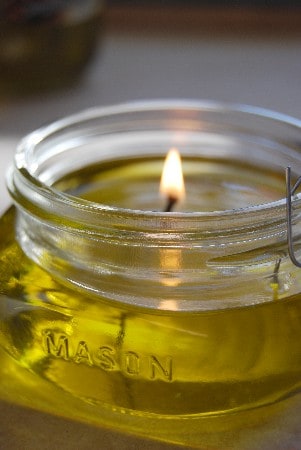The next superfood is here and it's called moringa
By Courtney Rubin | Details – 17 hours ago The leaves of the moringa trees may be the world's most nutritious green—and they're coming to a health-food store near you.
The leaves of the moringa trees may be the world's most nutritious green—and they're coming to a health-food store near you.
Remember the moment when every runway regular suddenly became a supermodel? Now every healthy edible wants to be called a superfood. Which is why even that term likely doesn't do justice to moringa, a tree leaf that contains more nutrients and natural remedies than your body knows what to do with. Ancient warriors fueled for battle with the leaf extract, hot for the stamina and strength it gave them; and legend has it that Egyptian Pharaohs were buried with it to sustain them in the afterlife. Health-savvy Americans are the latest followers, thanks to the energy, immunity, and metabolism boosts moringa delivers.
"Moringa has incredibly nutritious qualities—it has 3.5 times the calcium of milk and 4 times the vitamin C of oranges," says David Wolfe, author ofSuperfoods. All you have to do is open the bag and let the good nutrients roll.
What's in it
A recent analysis of the leaves found that moringa contains more vitamin A than carrots, more iron than spinach, and more potassium than bananas. It also packs as much protein as milk or eggs.
A recent analysis of the leaves found that moringa contains more vitamin A than carrots, more iron than spinach, and more potassium than bananas. It also packs as much protein as milk or eggs.
Where you'll find it How to consume it
If you can get your hands on the fresh leaves (not a grocery-store staple yet, as they mostly grow in southern Florida and California), expect a lemony, peppery spinach taste. Add to a salad mix or sauté. Skip expensive supplements and add the dry powder—which is just as nutritious as the leaves, says Johns Hopkins nutritional biochemist Jed Fahey—to smoothies or drinks (try Organic India Moringa Leaf Powder,vitaminshoppe.com). Sip moringa tea (republicoftea.com) or drink a moringa beverage (zijamoringa.com) straight up.
Mostly online and in supplement stores. A new snack bar made with moringa from Kuli Kuli is launching this month, and the superfood is hitting the restaurant scene: Sarma Melngailis, owner ofPure Food and Wine in New York City, says she'll be adding moringa to some items on the menu soon.
The Endorsement: Grooming Products Made With Moringa
The antioxidant-rich oil pressed from the seeds of the tree is revered by skin-care companies for its ability to moisturize and revive skin. Here are three products to try.
The antioxidant-rich oil pressed from the seeds of the tree is revered by skin-care companies for its ability to moisturize and revive skin. Here are three products to try.
Moringa soap
Like olive oil, which has a similar makeup, moringa gently lifts dirt without leaving skin parched.
Like olive oil, which has a similar makeup, moringa gently lifts dirt without leaving skin parched.
Multi-Purpose Mattifying Moisturizer
This moisturizer improves skin complexion thanks to its vitamin C content.
This moisturizer improves skin complexion thanks to its vitamin C content.
Moringa oil
The oil's anti-inflammatory properties make it ideal for healing minor skin irritations.
The oil's anti-inflammatory properties make it ideal for healing minor skin irritations.

